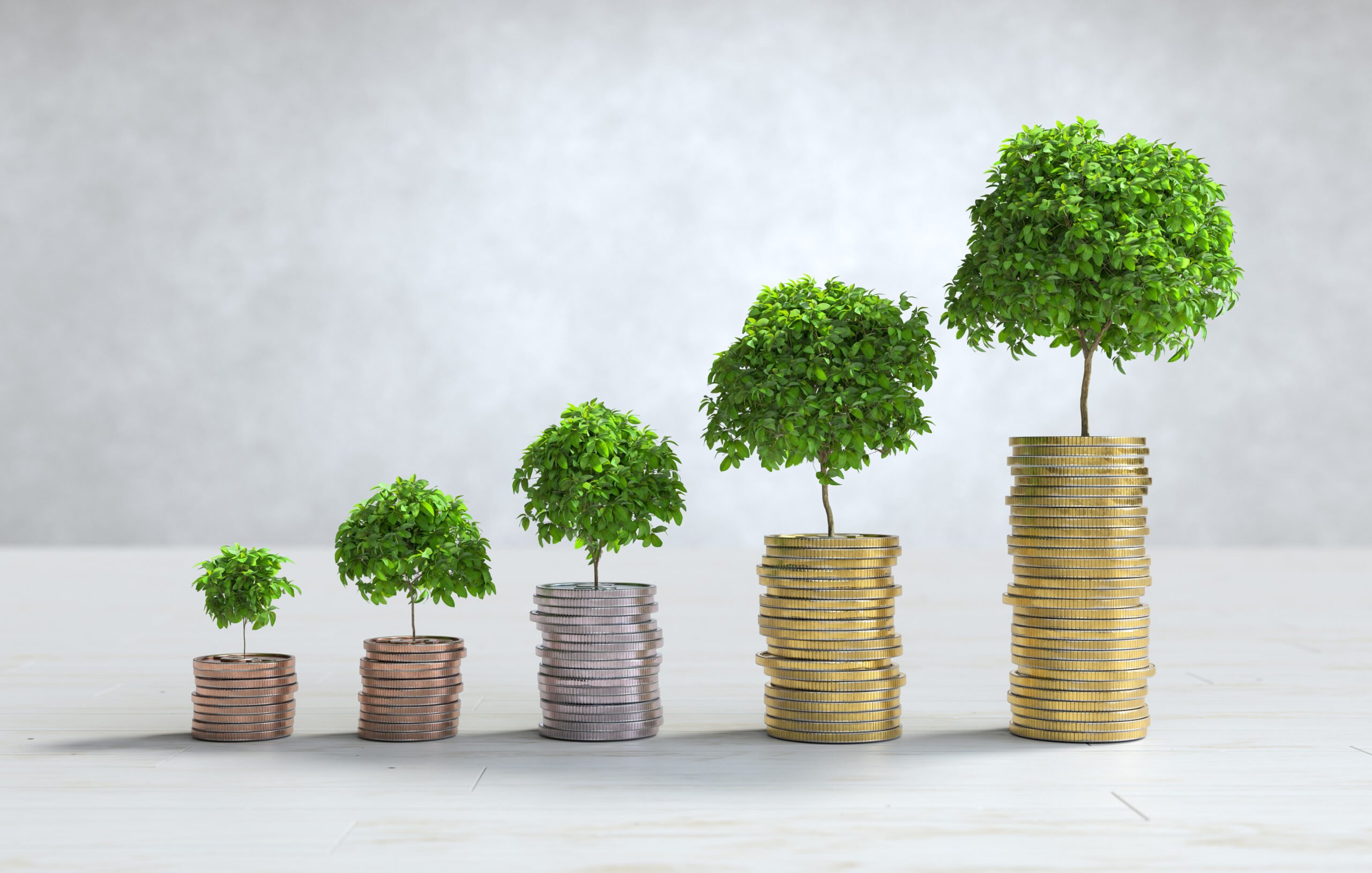Go Green With Your Investments: A Beginner’s Guide To Green Bonds

Are you considering investing your money while doing something good for the environment? Try Green Bonds – the latest buzz in the investment world. Not only do these bonds offer financial returns, but they also promote sustainable development. This blog post covers everything you need about green bonds, including their benefits, risks, and how to get started.
What are Green Bonds?
Green bonds are a fixed-income investment that raises money from investors to fund projects that positively impact the environment, like green buildings and renewable energy. The main difference between green and common bonds is that the money raised from Greenport is used exclusively for environmentally friendly projects. Investors are attracted to green bonds because they allow a closer connection to positive social and environmental impacts.
Benefits of Green Bonds
1. Environmental Benefits
Green bonds help fund projects that promote sustainable development by reducing carbon footprint and addressing environmental issues. These sustainable projects may be renewable energy, clean transportation, energy-efficient buildings, or sustainable agriculture. By investing in green bonds, investors can support these sustainable projects that positively impact the overall environment.
2. Financial Returns
Another benefit of green bonds is that they provide financial returns to investors that are often comparable to traditional bonds. Moreover, they provide a stable income source with lower risk than other investors. Green bonds are often issued by reputable, financially stable companies or organizations, providing investors with added security.
3. Diversification of Portfolio
Diversification of your portfolio is another incentive for investing in green bonds. As companies or organizations in various sectors generally issue green balls, investors can spread their investment risk by adding green bonds to their portfolios.
4. Tax Incentives
Many issuers of green bonds offer tax incentives such as preferential tax treatment to investors or tax-exempt status. These incentives can increase the attractiveness of green bonds to investors.
5. Positive Reputation
A positive reputation is another major benefit of investing in green bonds. By investing in environmentally friendly Projects, investors can show their commitment to sustainability and corporate social responsibility, which can lead to a positive relationship with the public and increase Customer loyalty.
Risks of Green Bonds
While green bonds offer numerous benefits, they also have some associated risks. Here are some main risks to consider when investing in green bonds.
1. Market Risk
Like any other bonds, green bonds are also subjected to market risk. This means that the value of the green bond can fluctuate due to changes in inflation, interest rates, and other market conditions. For instance, if interest rates rise. The value of the green bond may decrease, leading to a potential loss for the investor.
2. Credit Risk
Various entities offer green bonds, including corporations, governments, and municipalities. Hence, investors must consider the reputation of the issuer. The investor may receive partial investment value if the issuer defaults on the bond.
3. Liquidity Risk
Green bonds are more liquid than traditional bonds, which means it may be difficult for investors to sell their bonds in an emergency where they need cash from their investments.
4. Regulatory Risk
One more risk associated with green bonds is regulatory risk. Any kind of regulatory change can impact the value of green bonds. For instance, if regulations change that the projects funded by green bonds are no longer eligible for any kind of tax incentives or subsidies, the value of the bond may reduce.
5. Greenwashing Risk
Another common risk associated with green bonds is greenwashing. This is when investors misrepresent the environmental impact of their commitment to sustainability, which can later lead to investors unknowingly investing in projects that could be more sustainable.
How to Get Started?
To get started on green walls. You need to do the following.
-
Research the green bond issuer and their track record.
-
Consider your investment goals and risk tolerance.
-
Also, consider whether the green bonds align with your values or not.
-
Consult a financial advisor and compare green bonds to other investment options.
-
Start with a small investment and diversify your portfolio as you go.
Subscribe to our SMS Club
Join today to receive the latest help and updates!